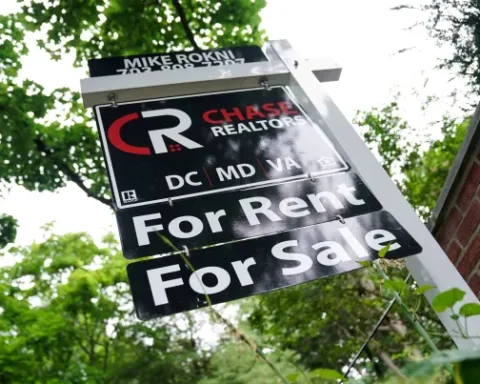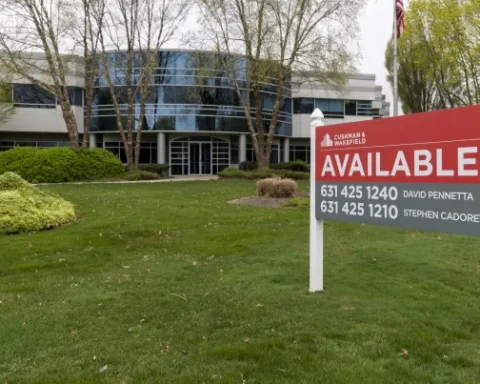In the shifting landscape of the U.S. rental market, a disturbing trend emerges, highlighting the growing financial strain on tenants nationwide. Despite a mild softening in rental prices in specific locales, the relief remains elusive for many renters grappling with the escalating housing costs. The latest findings from the Joint Center for Housing Studies of Harvard University shed light on this pressing issue, revealing that in 2022, half of the renters in the U.S. allocated more than 30% of their income to cover rent and utilities. This threshold earmarks them as “rent-burdened” or “cost-burdened.” This stark reality underscores many challenges in balancing housing expenses with other vital needs.
Whitney Airgood-Obrycki, the lead author of America’s Rental Housing report, emphasizes the acute need for relief at the lower end of the market, a segment notoriously difficult to aid through standard market-rate supply solutions. The report’s findings indicate a 3.2 percentage point increase in the share of cost-burdened renters from 2019 to 2022, a trend that spans across income levels but hits low-income households the hardest. The dire consequences of this burden are palpable, with the average residual income for renter households earning below $30,000 plummeting to a mere $310 a month in 2022, far from the approximately $2,000 needed for non-housing necessities as estimated by the Economic Policy Institute.
The ripple effects of this unaffordability crisis extend beyond immediate financial constraints, reshaping living arrangements and prospects, particularly for the younger generation. Susan M. Wachter of The Wharton School of the University of Pennsylvania points out a significant shift in the housing dynamics of young adults, with nearly 50% of those aged 18 to 29 residing with their parents, a phenomenon not seen since the aftermath of The Great Depression. This trend, fueled by the unattainability of affordable housing and exacerbated by the competitive spillover from the home mortgage market into rentals, paints a grim picture of the challenges facing the nation’s youth.
As we stand at the crossroads of a burgeoning housing affordability crisis, the insights from the Harvard report serve as a clarion call for urgent action. The narratives of those burdened by the weight of their housing expenses resonate with a profound urgency, highlighting the human aspect of this widespread dilemma. In the quest for solutions, the emphasis must shift towards innovative strategies that address supply and affordability, ensuring that the fundamental human right to housing is accessible to all, irrespective of income level. The path forward demands a collective effort, leveraging policy reforms, community initiatives, and market interventions to weave a safety net that upholds the dignity and stability of every American renter.







